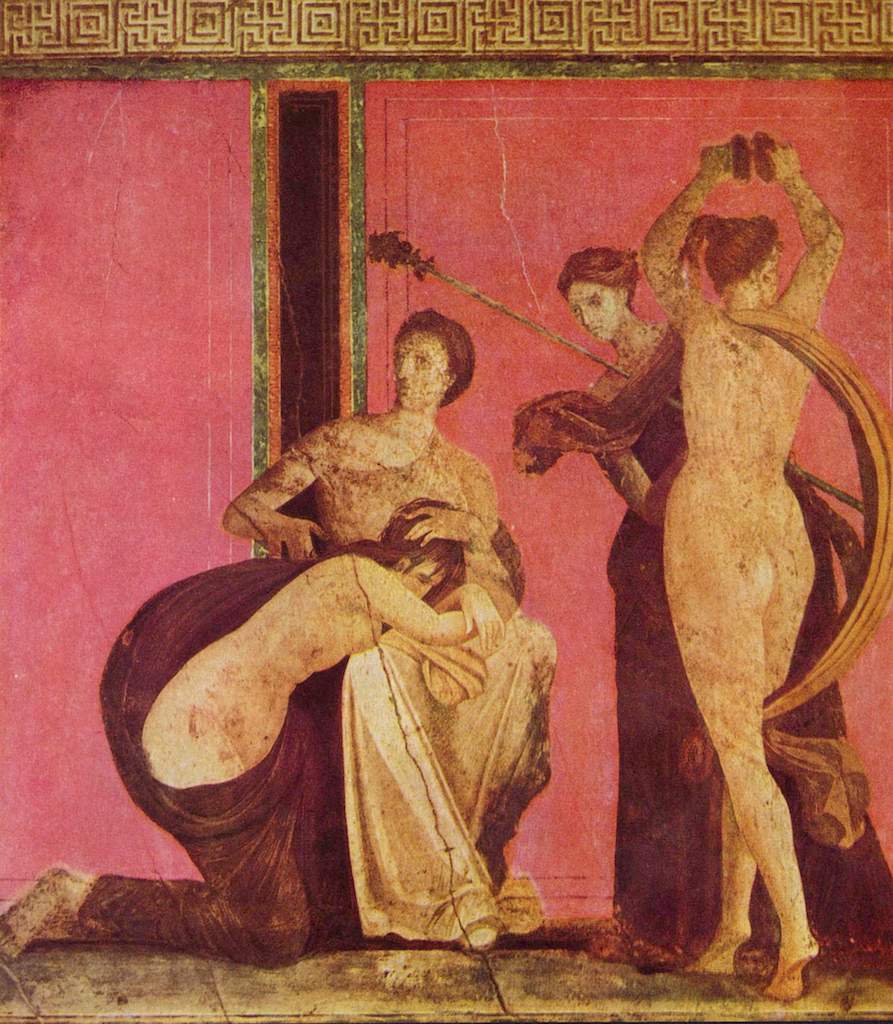Week 8
Pliny, Ancient Rome's most important historian concerning the arts, recorded that nearly all the forms of art – sculpture, landscape, portrait painting, even genre painting – were advanced in Greek times, and in some cases, more advanced than in Rome. Though very little remains of Greek wall art and portraiture, certainly Greek sculpture and vase painting bears this out. These forms were not likely surpassed by Roman artists in fineness of design or execution. As another example of the lost "Golden Age", he singled out Peiraikos, "whose artistry is surpassed by only a very few ... He painted barbershops and shoemakers’ stalls, donkeys, vegetables, and such, and for that reason came to be called the 'painter of vulgar subjects'; yet these works are altogether delightful, and they were sold at higher prices than the greatest paintings of many other artists.” The adjective "vulgar" is used here in its original definition, which means "common". The Greek antecedents of Roman art were legendary. In the mid-5th century BC, the most famous Greek artists were Polygnotos, noted for his wall murals, and Apollodoros, the originator of chiaroscuro. The development of realistic technique is credited to Zeuxis and Parrhasius, who according to ancient Greek legend, are said to have once competed in a bravura display of their talents, history's earliest descriptions of trompe l’oeil painting. In sculpture, Skopas, Praxiteles, Phidias, and Lysippos were the foremost Greek sculptors. It appears that Roman artists had much Ancient Greek art to copy from, as trade in art was brisk throughout the empire, and much of the Greek artistic heritage found its way into Roman art through books and teaching. Ancient Greek treatises on the arts are known to have existed in Roman times, though are now lost. Many Roman artists came from Greek colonies and provinces. Below see the beautiful Villa of Mysteries wall paintings in Pompeii some of the most brilliant of all ancient wall painting: fresco.
RECOMMENDED READING
Roman art in Hugh Honour begins on page 179.

